There are certain faces in film history that feel as if they were sculpted by old Hollywood itself — soft, radiant, and effortlessly enchanting. Pamela Tiffin was one of those rare, luminous presences. With expressive eyes and sunlit, flowing hair, she looked as though she’d stepped straight out of a dream. Her beauty didn’t shout; it whispered. She didn’t chase the spotlight; she attracted it without even trying. And that’s exactly why she remains an unforgettable symbol of 1960s cinema.
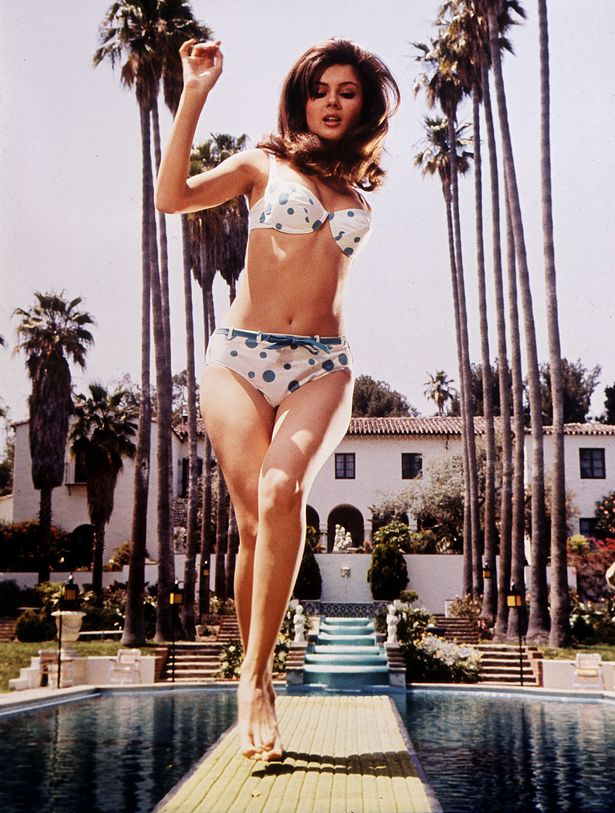
An Unexpected Rise to Hollywood Stardom
Pamela Tiffin never set out to conquer Hollywood. Growing up in Oklahoma City and later moving to New York to pursue modeling, she anticipated a future filled with fashion shoots and runway lights — not film sets. But life has a way of surprising the bold.
During a casual visit to Hollywood, destiny intervened. She caught the attention of influential producers and soon after found herself working under the direction of Billy Wilder, one of cinema’s greatest storytellers. Her breakthrough came with One, Two, Three (1961), starring alongside James Cagney. Pamela’s portrayal of Scarlett Hazeltine — wide-eyed, comedic, and delightfully charming — instantly won over audiences. She didn’t just appear in the film; she lit it up.
From that moment, a star was born.
Video: Pamela Tiffin _ Harper (1966)
A Blend of Grace, Talent, and Sharp Intelligence
Pamela Tiffin had an elegance that seemed almost otherworldly, but it was the intelligence behind her performances that set her apart. She played youthful, innocent characters, yet she infused each role with subtle wit, emotional awareness, and authenticity.
In State Fair (1962), she showcased a warm, romantic sparkle.
In The Pleasure Seekers (1964), she balanced glamour with comedic timing.
In For Those Who Think Young (1964), she brought charm to a classic beach-party narrative.
She wasn’t simply “the pretty girl.” She was the woman audiences rooted for — curious, heartfelt, and complex. Her screen presence carried a softness paired with inner strength, allowing her to stand out even in ensemble casts.
A ’60s Icon With a Style All Her Own
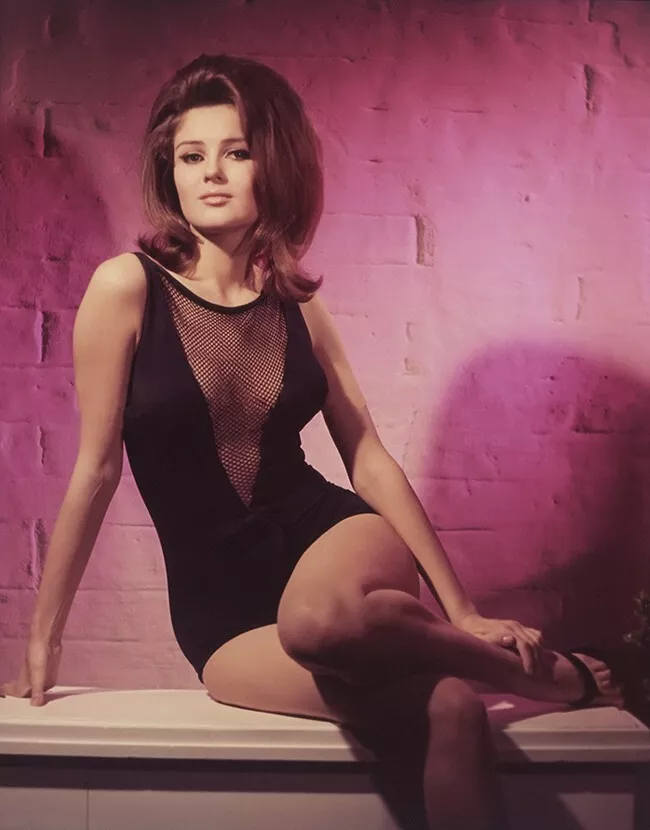
The 1960s were full of bold personalities and dramatic onscreen energy, yet Pamela carved her niche with a quieter kind of power. She embodied a cinematic style built on subtle seduction, soft charisma, and a mysterious glow that lingered long after a scene ended.
While Hollywood wanted larger-than-life glamour, Pamela offered something more delicate — a romantic haze, a poetic type of beauty that felt effortlessly modern and classic at the same time. She didn’t need theatrics to be captivating. Her presence alone was enough.
A Bold Leap Into European Cinema
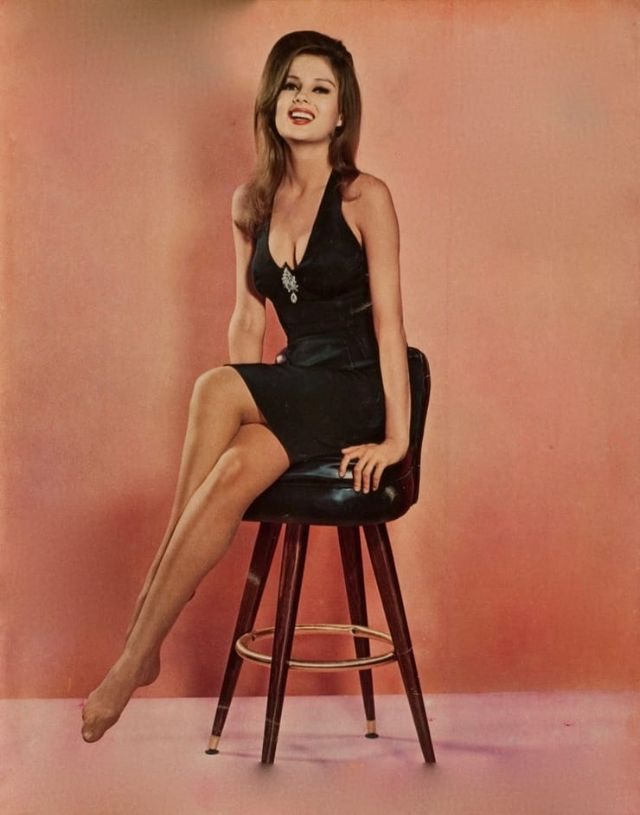
At the height of her American success, Pamela did something unexpected: she left Hollywood. Instead of following the traditional path, she moved into European cinema, particularly Italian film — a bold, artistic pivot that opened new doors.
She embraced quirky comedies, psychological dramas, and avant-garde scripts that pushed her creatively. Movies like Torture Me But Kill Me with Kisses (1968) introduced a more playful, experimental side of her — proving she wasn’t afraid of reinvention, only of stagnation.
Her European era showcased her versatility and revealed a woman unafraid to steer her own artistic journey.
A Woman of Depth, Curiosity, and Quiet Rebellion

Offscreen, Pamela Tiffin was known for her intellect and independence. She read classic literature, engaged passionately in conversations about art and society, and questioned the way Hollywood shaped women’s roles. She refused to be boxed into stereotypes and insisted on choosing work that matched her values.
She was more than an actress — she was a thinker, a dreamer, and an individual who lived life on her own terms.
A Life Lived With Intention Beyond the Spotlight
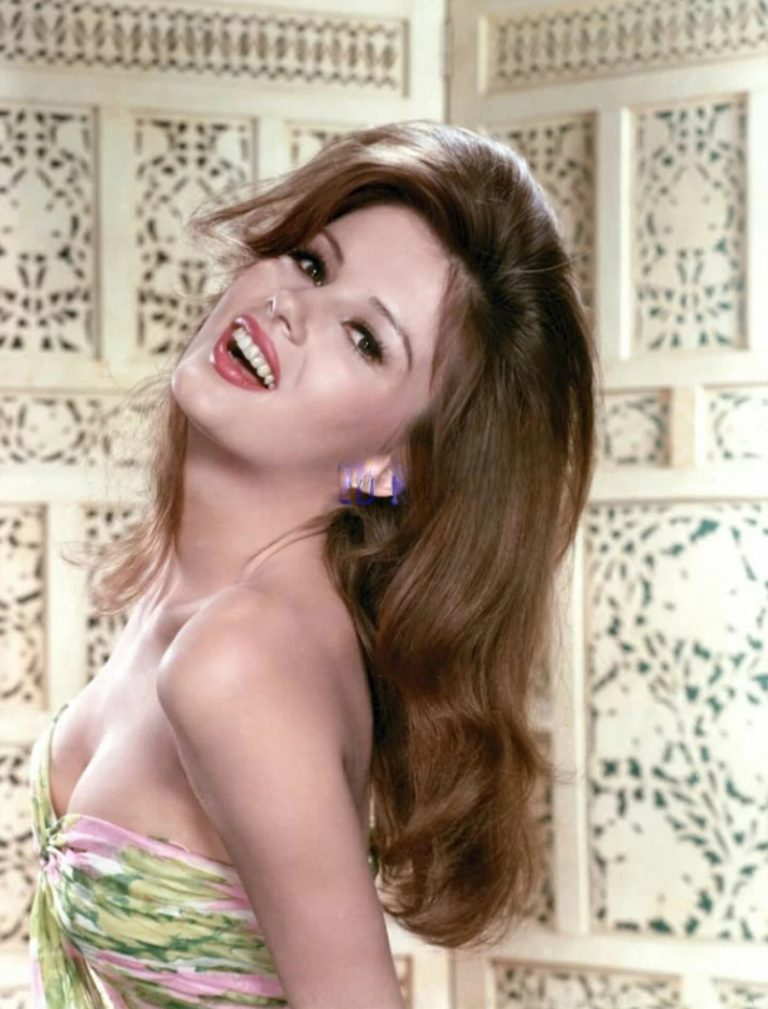
As the ’60s and ’70s unfolded, Pamela gradually stepped away from acting. She married Edmondo Danon and embraced life in Italy, where she raised her family and explored a slower, richer way of living. Her world became one of culture, travel, creativity, and peace — a stark contrast to Hollywood’s constant demands.
Video: The Life of Pamela Tiffin
This chapter of her life revealed what many fans suspected all along: Pamela Tiffin didn’t cling to fame. She embraced whatever brought meaning.
A Legacy That Glows Across Generations
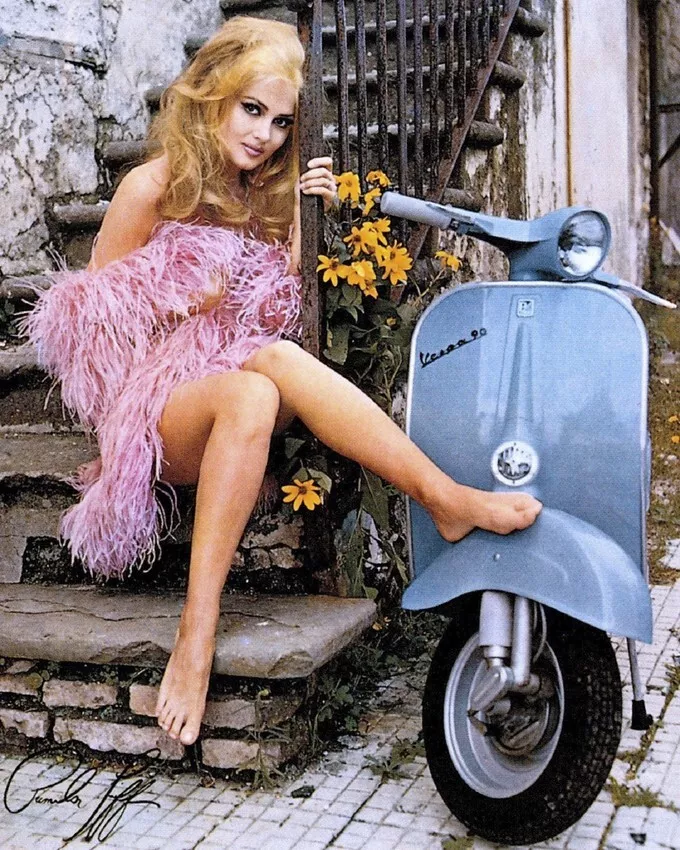
Though she stepped back from the camera, her influence never faded. Fans continue to rediscover her films, marveling at her magnetic presence and graceful performances. New generations watch her movies and ask, “Who is she?” — a testament to her timeless appeal.
Pamela belonged to a cinematic era defined by romance, charm, and sincerity. Watching her on screen feels like opening a cherished letter from the past — sentimental, elegant, and deeply human.
Conclusion: Pamela Tiffin — A Timeless Beacon of Golden-Era Beauty

Pamela Tiffin didn’t dominate tabloids or chase trends. She didn’t rely on controversy or spectacle. She built her legacy on grace, talent, and a kind of cinematic magic that simply can’t be taught.
She was the quiet spark in a loud decade.
The poetic beauty in a turbulent era.
The unforgettable face that still feels like a dream on film.
In a world obsessed with reinvention, Pamela Tiffin reminds us that true beauty — true presence — doesn’t fade. It becomes part of the atmosphere, lingering softly, eternally, just like she does.
If you’d like, I can create a second version with a softer, more poetic tone or one that dives deeper into her Italian cinema years



